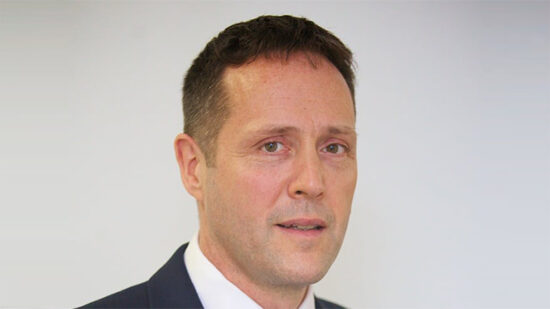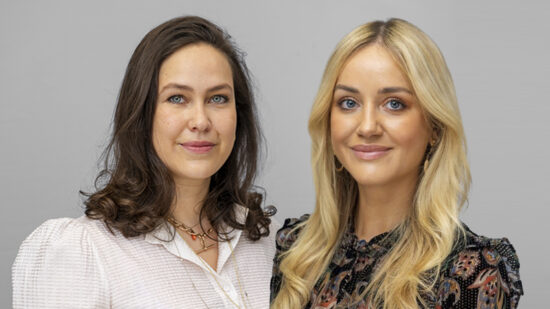The past 20 years or so have seen a secular decline in yields that has left investors with large capital gains on many of their fixed-income holdings – a scenario few can say they fully anticipated.
The flip side of this is that the amount of income that such instruments generate has fallen dramatically and left investors scrambling around to find alternative sources of income.
The resulting move out along the risk spectrum, from gilts to investment-grade corporate bonds, sub-investment-grade corporate bonds and perhaps even equities and commercial property is a major shift for many investors.
I imagine the Bank of England must be delighted by this shift; one of the primary aims of quantitative easing was to encourage people into riskier assets, and quantitative easing has undoubtedly done that.
It has also, in some cases, and often out of sheer necessity, resulted in some interestingly shaped portfolios.
The other factor we should note is that quantitative easing has actually made the yield-chasing game a relatively safe one. With such low costs of funding for both governments and, particularly perhaps, for corporates, default rates have been low.
However, this is unlikely to last forever, and at some point the rules of the game are going to have to change.
Of little interest
Interest rates in much of the western world have been at historically low levels, close to zero in many cases, for a long time now.
The Bank of England, for example, reduced rates to the now seemingly normal, but at the time shockingly low, level of 0.5% in March 2009.
That means we have had more than six years of close-to-zero interest rates. And it seems normal.
I do not know when interest rates will finally start to rise but I am pretty sure it is going to hurt when they do. Most commentators are now agreed that rates are unlikely to rise too fast or too far.
The so-called ‘terminal rate’ (the high point that interest rates will hit before the cycle starts to turn again) is expected to be anywhere between 2.5% and 4.5%, depending on who you listen to.
That may sound high to investors who have had no interest on their cash deposits for the past six years, but it does not even start to compare to the 17% seen in 1979 or even, more recently, the 6% interest rates which we had for most of 2000.
Unfortunately, that does not mean it will not be painful.
Protection or risk?
One of the strange quirks of the bond markets is that duration (a measure of interest rate risk) actually increases as yields decrease.
With yields at such low levels, any sell-off is likely to hurt, and probably quite a lot.
So rather than continuing to chase yield, is it now time for investors to retrench and focus on how they can protect against possible losses from their fixed-income holdings?







